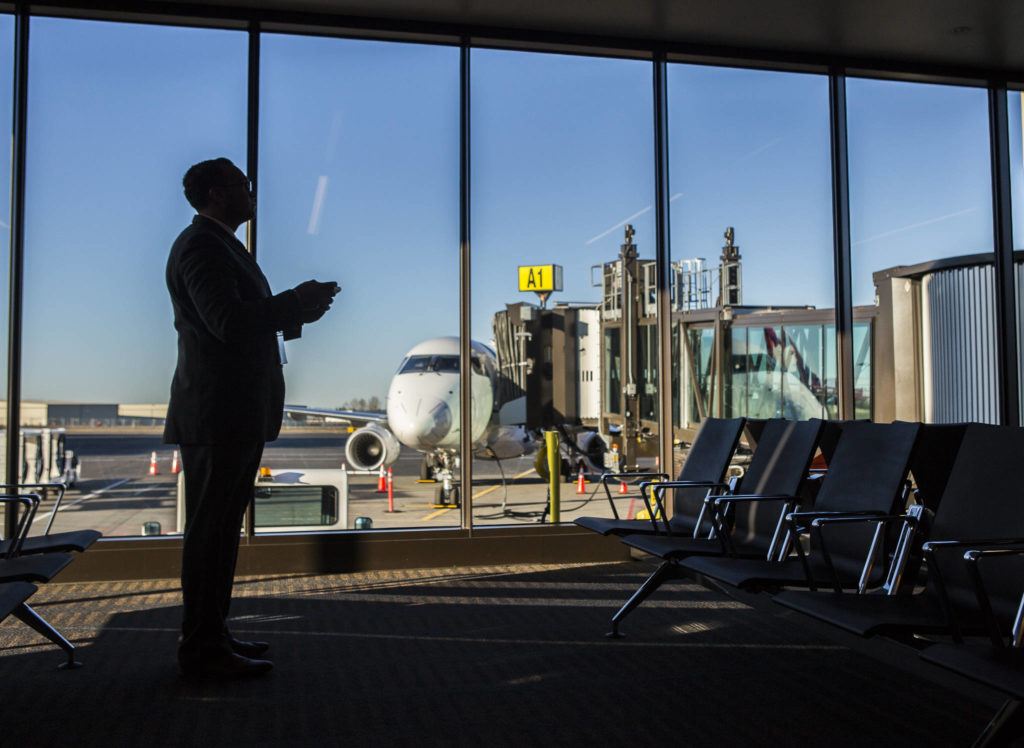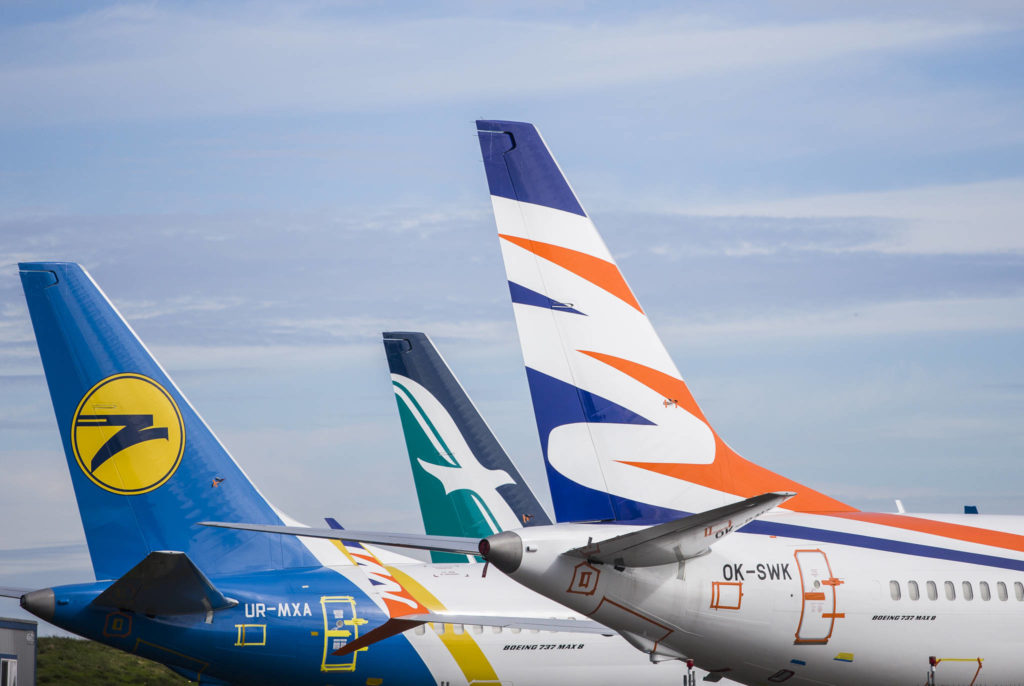SEATTLE — A year ago, the Regional Aviation Baseline Study predicted demand for passenger air service in the Puget Sound region would double during the next 30 years.
Then the COVID-19 pandemic struck. Demand for airline travel evaporated. Passenger counts have crept back up since the spring, but are still down by some two-thirds from a year ago.
But the ongoing study, which is intended to help guide the region’s aviation planning over the next 30 years, hasn’t backed off its earlier predictions.
The pandemic may slow the pace of growth, but the metropolitan area’s population, currently 4.1 million, is expected to reach nearly 6 million by 2050, according to the Puget Sound Regional Council, the four-county planning agency that developed the study
As a result, demand for airline travel and air cargo service — fueled by population growth — is expected to outstrip the region’s airport capacity by 2027.
“With COVID-19, that number is a little stale,” said Josh Brown, the agency’s executive director. “So we might not reach that point until 2028 or 2030.”
The council is seeking public comment on the study before it issues a final version early next year. The draft can be viewed online now through Oct. 19.
The Puget Sound region has 29 airports in all. Only one is an international hub, Seattle-Tacoma International Airport.
Of 11 smaller airports, just two have scheduled passenger service: Boeing Field in Seattle and Paine Field in Everett, both of which launched commercial flights in 2019.
The study’s key objectives include identifying the kinds of industry each airport supports — whether that’s travel or airplane production — and the existing role of each airport, including Paine Field, the Snohomish County-owned airport.
In fact, the study identified Paine Field as one of four existing airports with the potential to provide commercial airline capacity or additional capacity, since passenger service from Everett launched in 2019.
The other three existing airports with commercial potential are Arlington Municipal Airport, Bremerton National Airport in Kitsap County, and Tacoma Narrows Airport in Pierce County.
Policymakers have taken notice of the need to boost aviation options in the region.
In 2019, the Legislature formed a committee to identify six possible locations for a second Sea-Tac-caliber airport, and then develop a timeline to ensure a facility is ready to operate by 2040.
The committee can choose among existing airports, or it can point to potential airport locations.
The baseline aviation study, which analyzes capacity and infrastructure at each of the region’s existing airports, is expected to be a useful tool in the siting process, though it does not offer any recommendations.
“This is truly a technical analysis,” Brown said. “There’s not an answer or a solution that we’re recommending.”
Other key findings:
• Throughout the Puget Sound area, the number of people departing on a scheduled flight reached 24 million in 2018. By 2050, that’s expected to double, topping 50 million.
• Demand for takeoffs and landings in the region is predicted to grow from 438,000 in 2018 to between 810,000 and 914,000 by 2050.
• Demand for regional air cargo capacity is expected to surge driven by population growth, global trade and e-commerce sales.
The study will be previewed at two virtual public meetings.
• Tuesday, 11:30 a.m. to 1:00 pm. Register at bit.ly/32XDwrb
• Wednesday, 8:00 a.m. to 9:30 a.m. Register at bit.ly/2EqtZzl
The Puget Sound Regional Council is comprised of King, Pierce, Kitsap and Snohomish counties, as well as cities, towns, ports, state and local transportation agencies, and tribal governments within the region. The two-year study is funded by a $1.6 million grant from the Federal Aviation Administration.
Janice Podsada; jpodsada@heraldnet.com; 425-339-3097; Twitter: JanicePods
Talk to us
> Give us your news tips.
> Send us a letter to the editor.
> More Herald contact information.




























